Beneath the leaves
July 27, 2025Summer brings not only high temperatures but also a season full of apéros. If you're unfamiliar with the term, it's a cultural tradition in Switzerland, Italy, France, and a couple of other countries, where people gather for drinks and snacks before dinner. Typically, you'll sip on wine or beer while nibbling on items like chips, olives, or peanuts. Well, the other day, I had some peanuts on my table and found myself wondering: where do they actually come from? Are they a fruit? What do they look like in nature? I quickly went inside to get my phone and looked up what a peanut tree looks like. To my surprise, I discovered that peanuts actually grow underground, as part of the plant's root system.
The next day, I was still thinking about it and wondered if there were other crops whose growth I knew little about. To broaden my perspective, I decided to look for a list of common crops, so that my search wouldn't be limited by my own knowledge of agriculture. I came across a Wikipedia list of the most valuable crops and livestock products, and that seemed like a good starting point. Below, I've reproduced a portion of the table featured in this Wikipedia article:
| Rank | Crop | Value (billion USD) | Amount (metric tons) | Value (USD per metric tons) |
|---|---|---|---|---|
| 1 | Rice (paddy) | 332.0 | 751'885'117 | 442 |
| 7 | Wheat | 168.0 | 748'392'150 | 224 |
| 8 | Soybeans | 107.0 | 335'613'801 | 319 |
| 10 | Potatoes | 92.7 | 356'952'488 | 260 |
| 13 | Sugarcane | 87.3 | 1'874'611'396 | 47 |
| 17 | Cotton (lint) | 50.5 | 23'274'797 | 2'170 |
| 19 | Onions (dry) | 42.1 | 94'838'690 | 444 |
| 22 | Garlic | 39.3 | 26'821'718 | 1'465 |
| 26 | Cassava (yuca) | 34.3 | 288'497'460 | 119 |
| 32 | Groundnuts (with shell) | 26.9 | 44'543'757 | 604 |
| 34 | Sweet potatoes | 26.1 | 89'985'845 | 290 |
| 35 | Barley | 22.9 | 145'906'773 | 157 |
| 46 | Coffee (green) | 16.1 | 9'353'937 | 1'721 |
| 49 | Tea | 15.2 | 5'859'841 | 2'594 |
The data originates from the Food and Agriculture Organization of the United Nations(FAO) Statistics and seemed like a potentially valuable source. But that's a topic for another time, I already had a more pressing investigation underway.
As you can see, fewer than 14 crops were selected for this table. The selection was based on a simple criterion: I wasn't sure I could confidently explain how each of them grows.
So, I began looking up the corresponding plants. During my search, I discovered a renowned German herbal called Köhler's Medicinal Plants. It was written principally by H. A. Köhler, edited after his death by G. Pabst, and illustrated by W. O. Müller, C. F. Schmidt, and K. Gunther. The illustrations are beautifully detailed, and I was pleased to find a matching one for most of the crops on my list. So if, like me, you weren't sure what these crops look like or which part of the plant is actually used, here's a list with descriptions and illustrations for each of the crops mentioned above:
| Crop | Description | Illustration |
|---|---|---|
| Rice | Rice is a staple cereal crop grown primarily in warm, wet climates. It is typically cultivated in flooded fields known as paddies, which help control weeds and pests. The edible product is the grain, which is harvested from the mature plant. Rice grains are processed to remove the outer husk, producing either brown or white rice. | 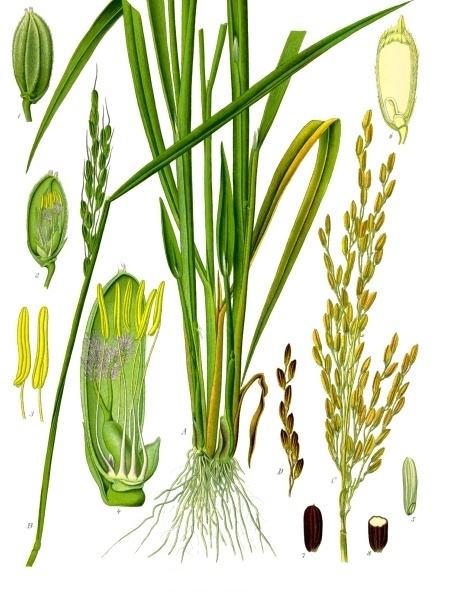 |
| Wheat | Wheat is a temperate cereal crop, used for making bread, pasta, and flour. It thrives in drier climates and requires less water than rice. The edible product is the grain, harvested from the seed head. Wheat is rich in carbohydrates and provides a key dietary protein, gluten. | 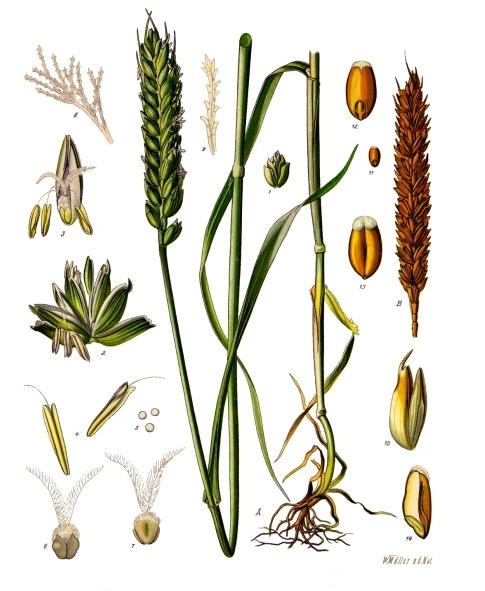 |
| Soybeans | Soybeans are a leguminous crop known for their high protein and oil content. The harvested product is the seed (bean), which is processed into oil, animal feed, tofu, and soy milk. It is a source of plant-based protein. Soybeans are sensitive to frost and require warm growing conditions. | 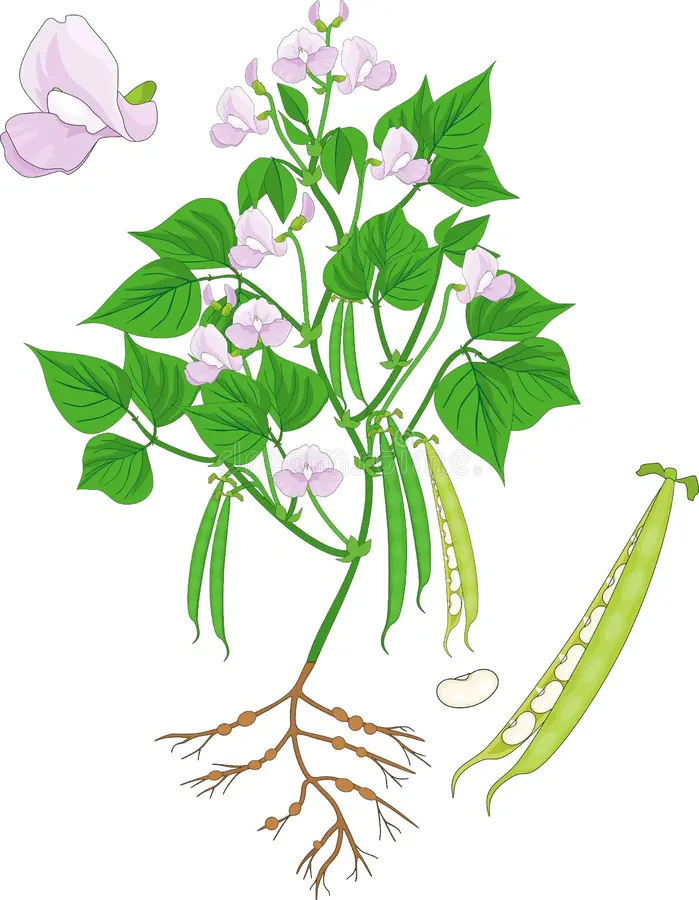 |
| Potatoes | Potatoes are a cool-weather tuber crop, consumed for their versatility and high starch content. The edible part is the tuber, which grows underground on the plant's roots. They grow best in well-drained, loose soil and are susceptible to diseases like blight. | 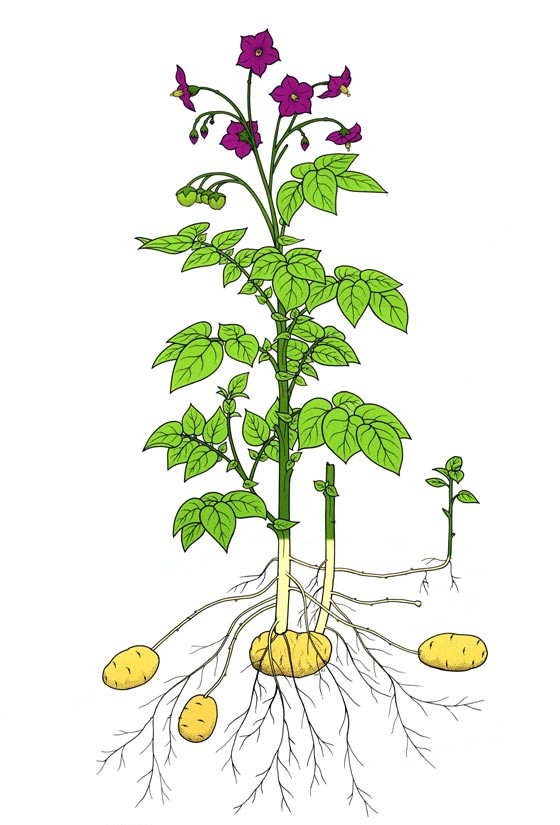 |
| Sugarcane | Sugarcane is a tropical grass cultivated mainly for sugar production. It requires abundant water, warm temperatures, and is harvested after about a year of growth. The usable product comes from the stem, which is crushed to extract sugary juice. Sugarcane is also used for ethanol production and molasses. |  |
| Cotton | Cotton is a fiber crop grown in warm, dry climates and is essential to the textile industry. The valuable product is the fiber (lint) surrounding the seeds in the seed boll. It requires significant water and is often grown with irrigation. Cotton also yields cottonseed, used for oil and animal feed. | 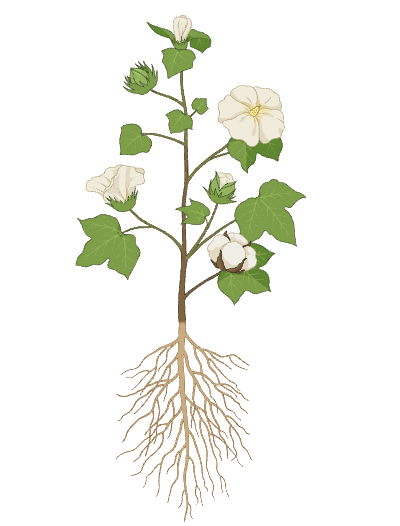 |
| Onions | Onions are a cool-season vegetable grown for their pungent, flavorful bulbs. They thrive in well-drained soil and full sun. Onions are used in cooking and have notable storage longevity when cured. Their flavor and chemical compounds develop during growth and curing. Disease and pest resistance are important factors in onion farming. | 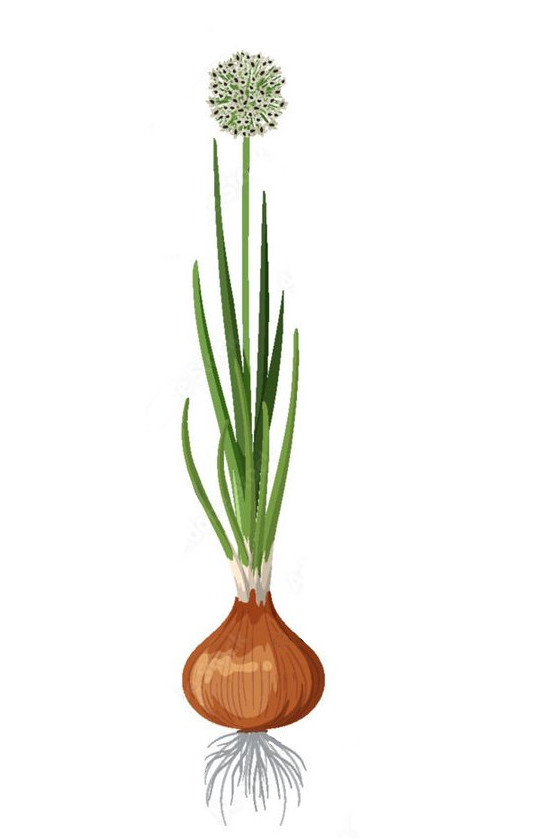 |
| Garlic | Garlic is a hardy bulb crop prized for its strong flavor and medicinal properties. The edible part is the bulb, composed of multiple cloves, and it grows underground. Garlic prefers cool temperatures during initial growth and warm, dry conditions for bulb development. It has natural pest-repelling properties. Garlic is propagated from cloves rather than seeds. | 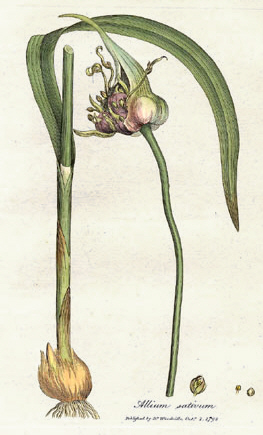 |
| Cassava | Cassava is a drought-tolerant tropical root crop grown for its starchy tuberous roots. The roots must be processed to remove toxic compounds (cyanogenic glycosides) before consumption. Cassava can grow in poor soils and is resilient to climate stress. It is often used to produce flour, starch, and animal feed. | 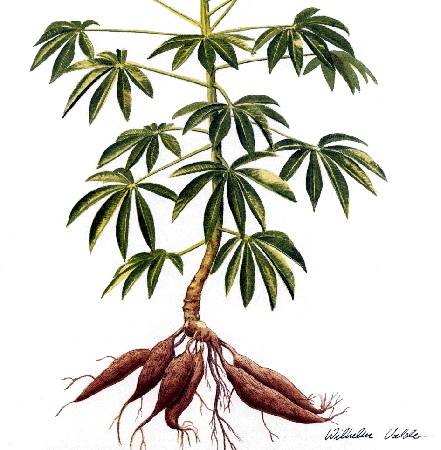 |
| Groundnuts | Peanuts are a leguminous crop that grows underground and is valued for its oil and protein content. The edible part is the seed, encased in a shell, which develops in pods beneath the soil. They thrive in warm, well-drained soils. Uses include peanut butter, oil, snacks, and animal feed. | 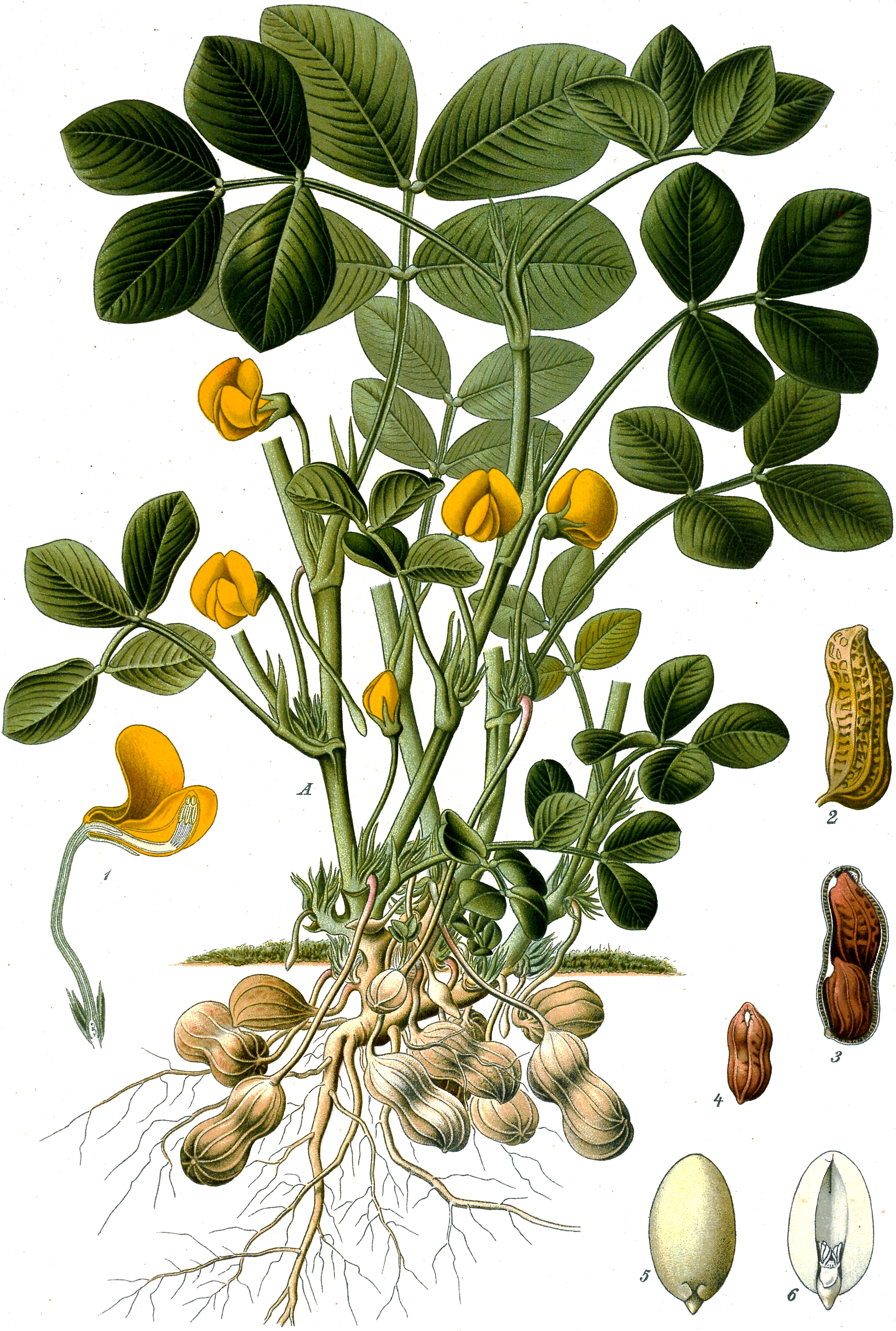 |
| Sweet potatoes | Sweet potatoes are a root vegetable cultivated for their sweet, starchy tuberous roots. They prefer warm climates and loose, sandy soil. High in fiber, vitamins, and beta-carotene, they are an important food crop. Sweet potatoes are different from regular potatoes both botanically and nutritionally. The vines can also be used as animal fodder. | 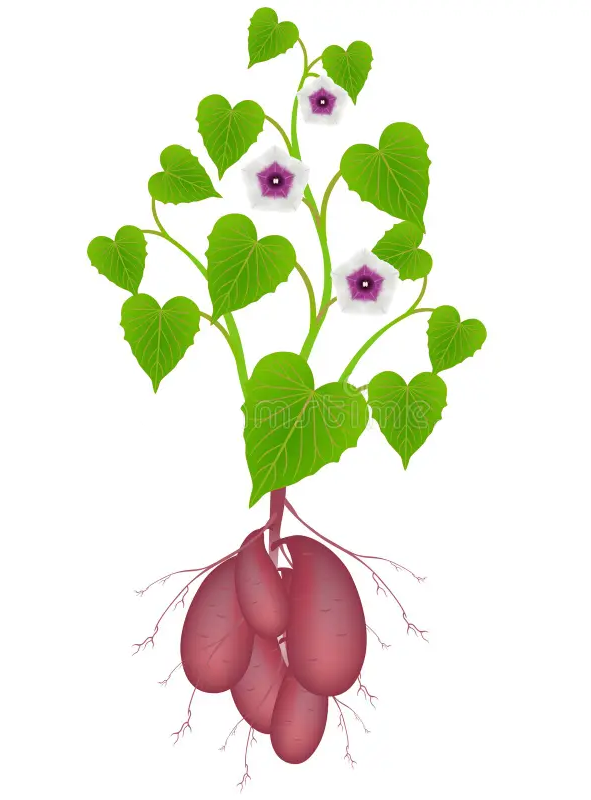 |
| Barley | Barley is a hardy cereal grain grown in temperate regions and is one of the oldest cultivated crops. The edible product is the grain, used in food, livestock feed, and brewing (especially malt). It is tolerant of poor soils and drought, making it a reliable crop. Barley matures quickly, and has a distinctive, nutty flavor when used in food products. |  |
| Coffee | Coffee is a tropical shrub cultivated mainly for its seeds, commonly known as coffee beans, found inside the fruit (cherries). It grows best at high altitudes with ample rainfall and shade. After harvesting, the beans are processed, roasted, and ground for brewing. It requires careful handling to maintain flavor quality and prevent disease. | 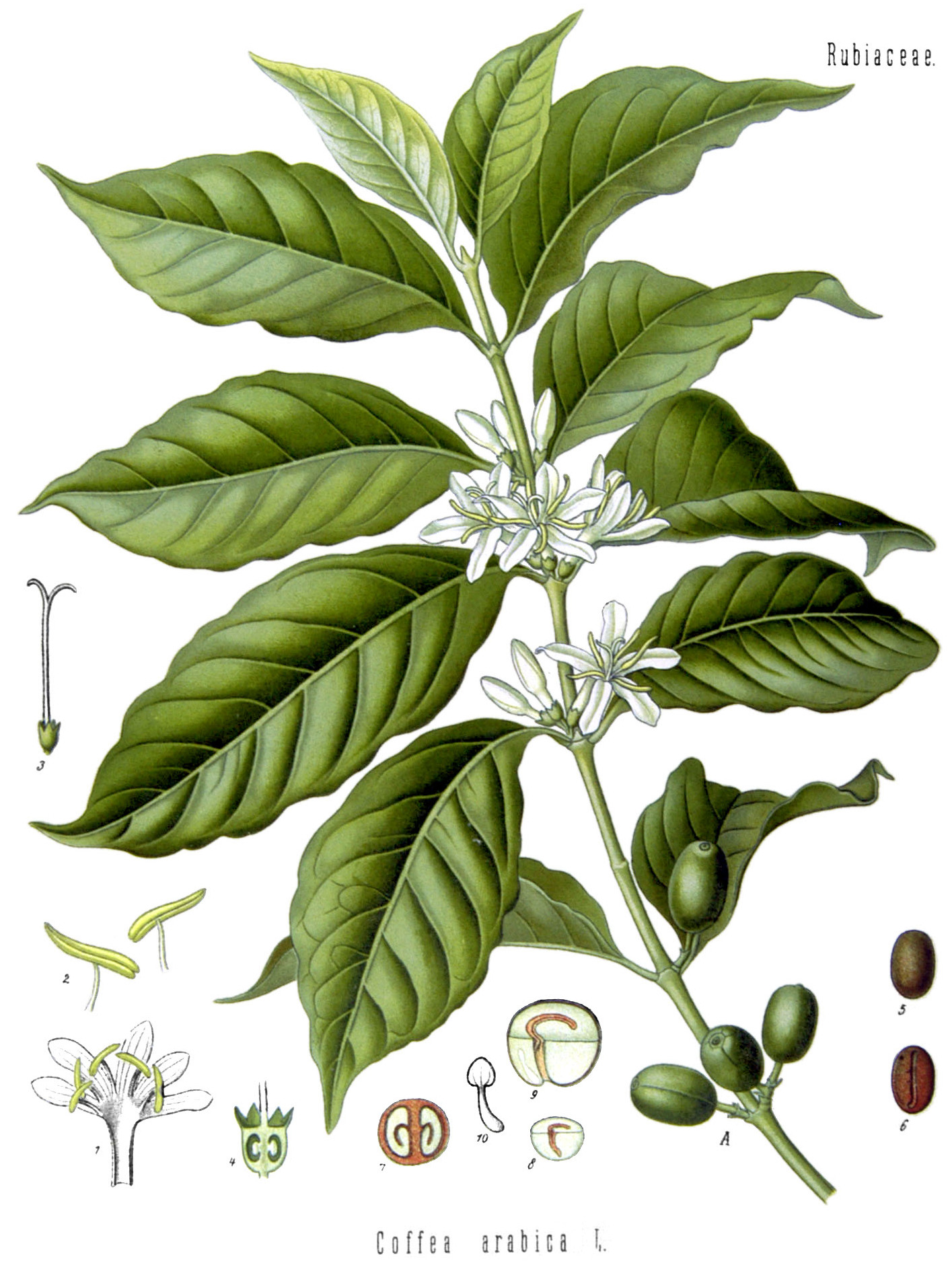 |
| Tea | Tea is a perennial shrub cultivated for its young leaves and leaf buds, which are harvested and processed into different types (green, black, oolong). It thrives in humid, subtropical to tropical climates, often on hilly terrain. The flavor and quality depend on altitude, climate, and processing methods. Tea contains caffeine and antioxidants. | 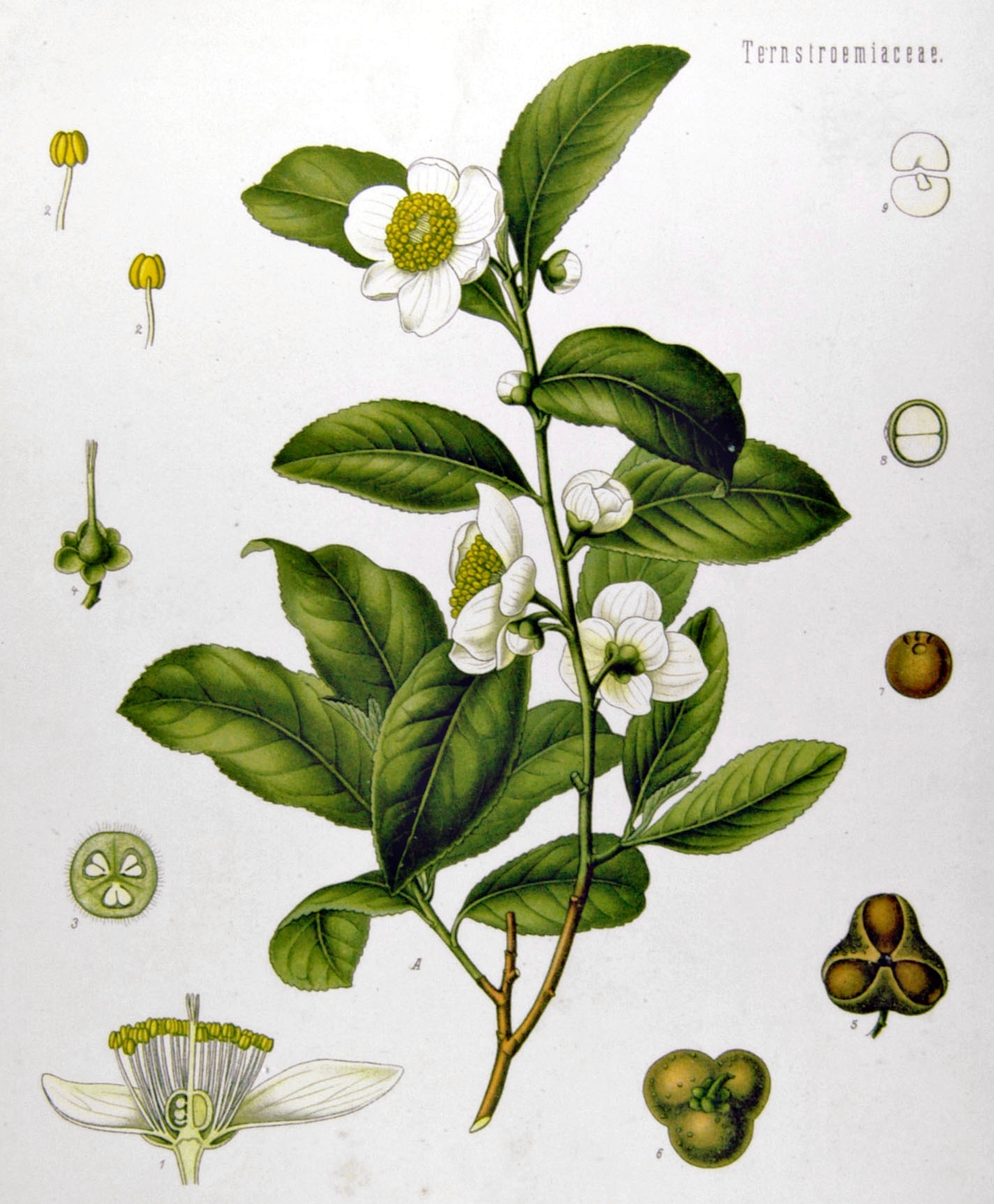 |
Of course, there are still many other plants I know little about, and I'll likely have more peanut moments in the future. But for now, this has given me a clearer picture of what the most common crops look like, and I can enjoy future apéros with that comforting thought in mind.